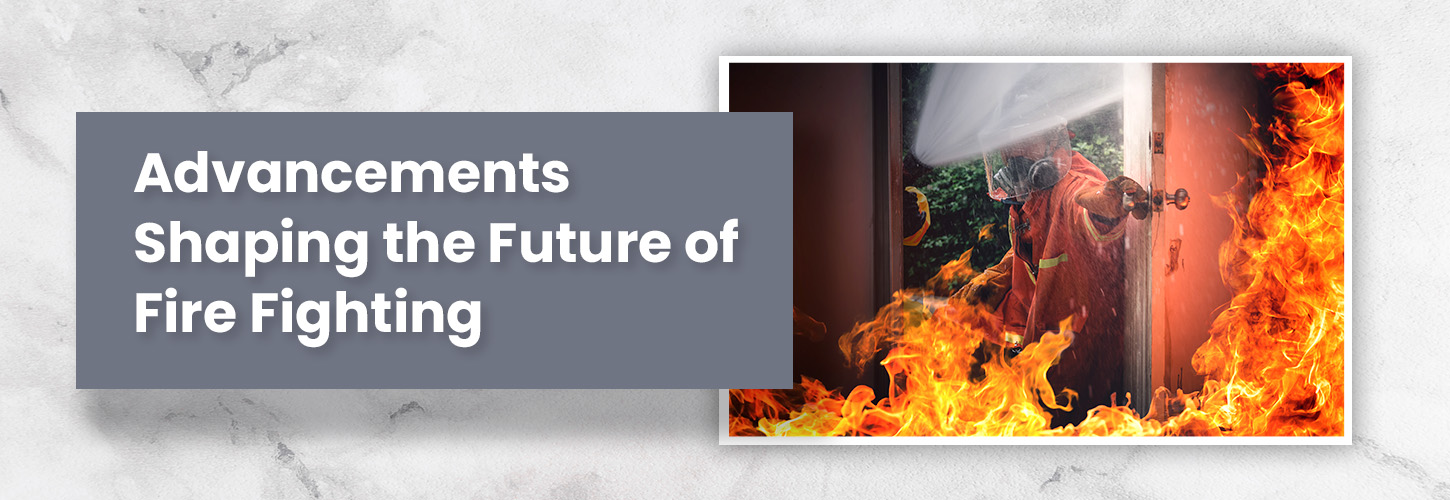Fire is a force of nature and is a difficult element to control. To many the effective way to fight a fire is just to pour water over it. With time it has become more complicated with the frequency and types of activities that we do. Fire has to be controlled to ensure worker safety, protection of buildings and assets, for business continuity, legal compliance and emergency preparedness. Given below are a few upgrades that have been made over time to help us fight fire better:
Thermal Imaging & Augmented Reality (AR)
This helmet helps fire fighters see through smoke and other obstacles during a fire. It is a piece of technology that uses mixed reality technology. It combines AR and thermal imaging to help the fire fighters to not only see through smoke but also send back data to the command center to help them learn details about the structure and determine the best possible way to fight the fire. There is a thermal camera attached to the helmet that captures the images and the same is relayed to the AR visor to help the person see through the fire and smoke.
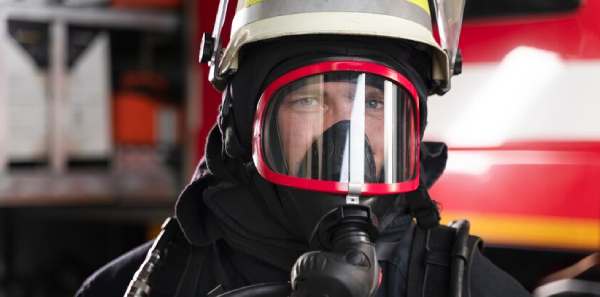
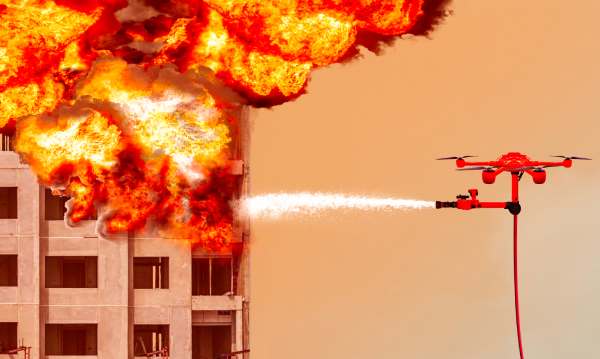
Drones for FireFighting
They play a vital role in urban areas where there are several buildings and all of them are in close proximity. The drones help to deliver the extinguishing material even in the trickiest of spaces. They can easily manuaver through narrow spaces and gaps without risking human lives. Use of drones also helps us avoid the use of fire trucks, ladders and suits to be worn. Drones cannot as of now completely put off the fire but they can assist with the fire fighting. They can be your eyes and ears inside a burning building. They can also be used to carry equipment into the building for assistance. For now many departments are using them for situational awareness, reach difficult places, thermal assessment and for search and rescue.

Artificial Intelligence and Machine Learning
We collect a lot of data from all over the world, using this data we can predict the chance of a fire starting more accurately. This can help us to direct out resources in a more proper manner. For now the experiments are done using Microsoft Azure Machine Learning Studio which is a web portal for data scientists. The data suggests that this system can predict fires with a 90% accuracy.

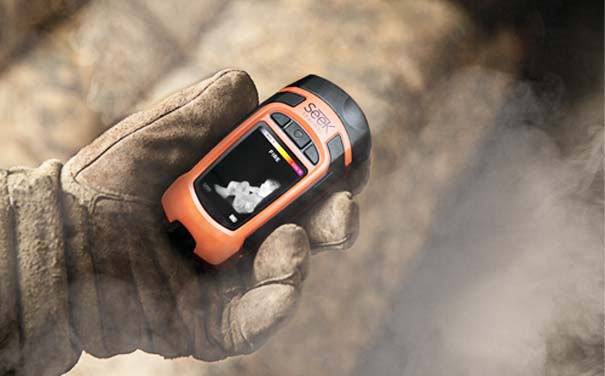
Personal Thermal Imagers
This is a handheld device that can help fire fighters gather information that their normal senses cannot. It helps to detect hotspots, faulty wiring and shorts in a building on fire. It can also assist HAZMAT teams to investigate and identify hazardous material levels from a safe distance. It helps fire fighters keep track of their colleagues in situations that have low visibility. The device has a 32 degree wide field of view and can detect object that are as close as 12 inches and as far as 1800 feet away. The glass is scratch resistant and the device works from –4 degrees to 1022 degrees. It has a battery life of 3.5 hours.

Innovations in PPE
It is estimated that in 2020 one in ever 10 fire fighters died while fighting a fire. The number one reason why they die is due to over exertion, stress and other medical issues due to fire fighting. Other top reasons are heat, smoke inhalation, explosion, falling objects, structural collapse, falls and electrocution. To counter this companies have come up with smart PPEs like smart phones, smart watches and fitbit devices that can monitor the workers health during a fire fight. These devices use sensors like GPS, gyroscope, accelerometers, heart rate sensors and pressure readers to gather this information.
The gyroscope would be able to detect a fall of the person using the device and alert the team members of the same. The GPS would be able to show the exact location of the wearer. If used in the smart PPEs the control room would be able to track the fire fighters live and provide accurate back-up if something happened.
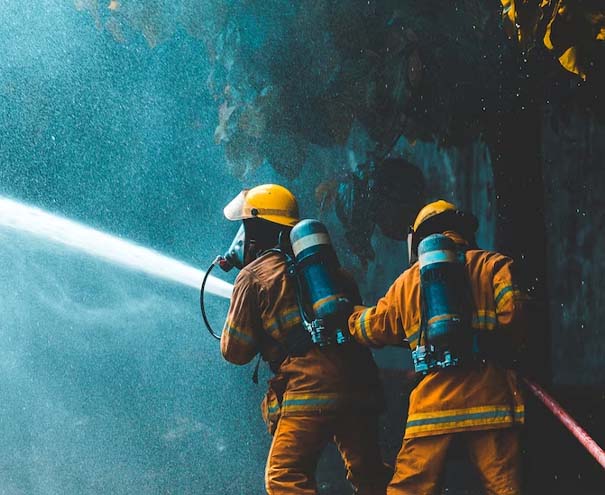
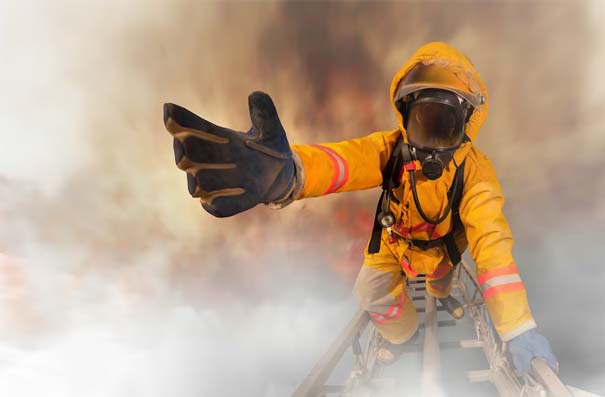
Accelerometers would be able to show the pace at which the fire fighters are moving. The barometers could help the command identify the height at which the fire fighter is at. This will help the control room know if he is at the 3rd floor or 6th floor of a building. The heart sensors will help the control room detect exertion, overheating and fatigue.
The trick to embed all these technologies into the PPE with out compromising the safety and most of these sensors are not durable so ensuring that they are usable in high temperatures up to 1000 degrees is a challenge. Due to the advancement in technology, we can connect these devices wirelessly and transfer the data to the control room to take the necessary action.

Based on these topics we can see that as advancements in technologies happen all around the world, the field of firefighting isn’t left behind. All these technologies ensure a future where there is a reduced risk and enhanced effectiveness in the field of firefighting. These tools will also empower fire fighters to combat fires effectively and protect their lives at the same time. With continued innovation, collaboration, and investment in these technologies, we can create a safer and more efficient fire service that is well-equipped to tackle the challenges of tomorrow.
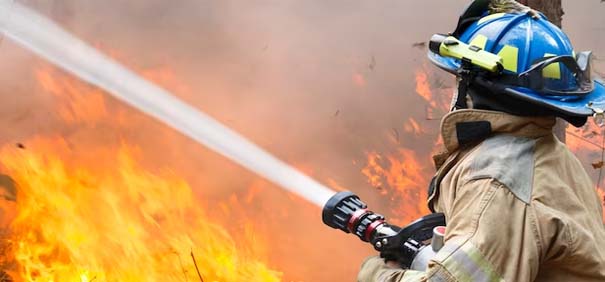
Contact Us
Kindly call our Experts @ +91 8121563728 / +91 8015527650 or mail us @ kalyan.r@greenwgroup.com / indumanasa.m@greenwgroup.com
Get Your Query Answered / Get Expert Assistance To Choose the Right Course for You Or Your Associates

